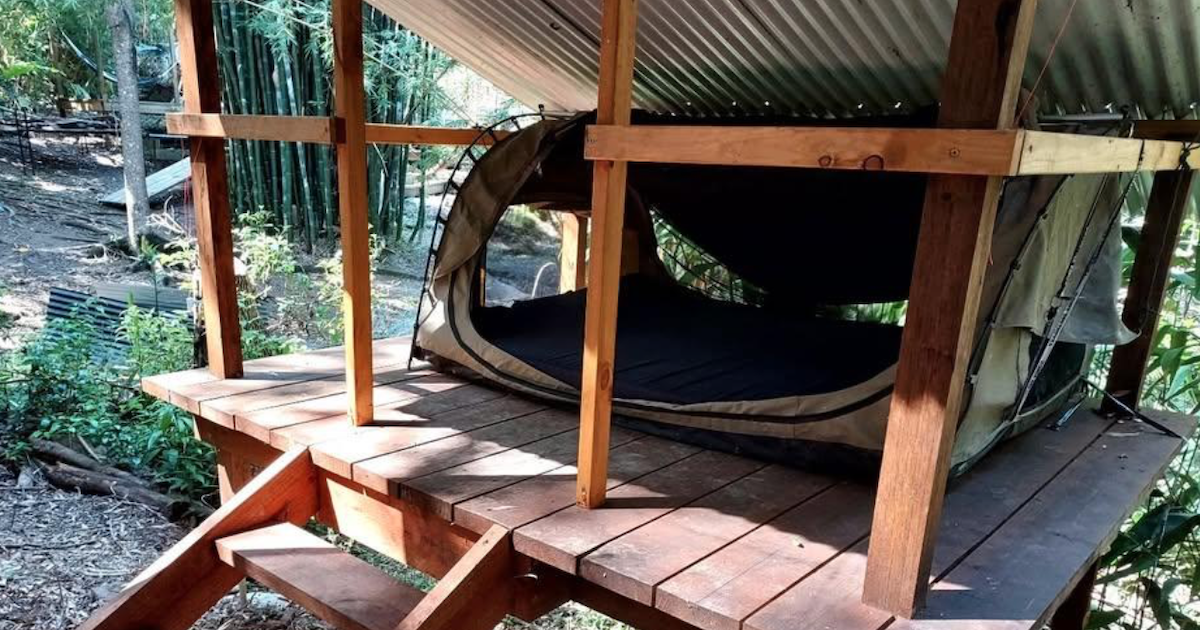W.H. McFarlane water race

Ward's Gully Viaduct, no longer seen from Werribee Vale Road with the new Halletts Way/O'Leary's Way road. Photos – BMDHS
Bacchus Marsh & District Historical Society Inc.
Around 1906, W. H McFarlane had a water race constructed along the north-western side of the Werribee Gorge extending for about four kilometres, to his property on the flats below the Gorge.
Dynamiting in the gorge during construction became a major catalyst to the protection of the gorge for its scenery and unique geology, resulting in its reservation as a public park in 1907, and later declared as a State Park.
Another scheme to provide water to the town was constructed on the north bank of the Werribee River during the depression (commencing around 1928) as part of a program of relief work funded by the Government and organised locally.
This open reinforced concrete water channel was constructed to divert water from the Werribee Vale Weir to Bacchus Marsh township for domestic use. Sections of the channel may have been constructed as early as 1909. That year, the Bacchus Marsh Express reported on the progress of work undertaken by the Shire Council under the supervision of the State Rivers and Water Supply Commission:
“Some 40 men are now at work enlarging the distributing channel of the old Bacchus Marsh Trust, and replacing feeble and decaying wooden flumes with imperishable reinforced concrete ones …. Two small concrete flumes are finished, and look charming; another, near Pigott’s is to be 67 metres long and is in progress. Another 76 metres long and 6.4 metres above the surface is to be put in at Ward’s Gully. Six metres in lengths are needed at various other places.”
Nevertheless, the water supply channel was mostly constructed after 1928 by unemployed workers receiving ‘sustenance’ payments. As one worker recalled, construction was physically demanding: “We’d carry the cement in jute bags from the horse and dray at the bottom of the hill and mix it on the spot. All of the digging of the channel was done by pick and shovel.”
These labours ended in November 1931 when the service basin at Stamford Hill was completed.
This town water channel is generally referred to as the ‘upper channel’ to distinguish it from the lower irrigation channel which was intended primarily for agricultural use, and was constructed by the State Rivers and Water Supply Commission.
Information from the 1996 Bacchus Marsh Heritage Study.


















